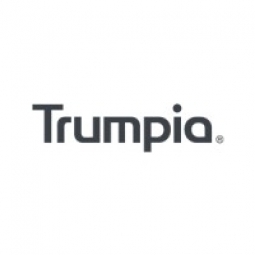公司规模
Mid-size Company
地区
- America
国家
- United States
产品
- Trumpia’s multichannel marketing solution
技术栈
- Mobile Keyword Campaigns
实施规模
- Enterprise-wide Deployment
影响指标
- Customer Satisfaction
- Brand Awareness
技术
- 应用基础设施与中间件 - 数据交换与集成
适用行业
- 食品与饮料
适用功能
- 销售与市场营销
服务
- 数据科学服务
关于客户
纳帕谷葡萄酒列车是世界上最独特的用餐体验之一,提供轻松的三小时、三十六英里往返火车之旅,从历史名镇纳帕出发,穿过世界上最著名的葡萄酒山谷之一,到达古朴的圣赫勒拿村,再返回。在旅途中,游客可以欣赏纳帕谷城镇、葡萄园和酿酒厂的美景,经验丰富的厨师会在火车上为他们准备美味佳肴。自 1989 年以来,葡萄酒列车一直吸引着世界各地的游客,并建立了卓越用餐目的地的声誉。
挑战
纳帕谷葡萄酒列车是一种独特的用餐体验,提供穿越纳帕谷的三小时旅程,它正在寻找一种有效的方式来获取客户联系信息并与其庞大的客户群进行沟通。这家家族企业希望大幅扩大其客户联系数据库,并让潜在客户了解其服务。在使用 Trumpia 之前,葡萄酒列车收集客户手机号码的方法仅限于人工礼宾服务。他们没有直接的沟通工具来通过手机与客户互动,主要依靠传统的印刷营销、电子邮件和社交媒体来获得曝光。他们需要一种方法来实现这些目标,并将所有联系人和消息组织在一个数据库和仪表板中。
解决方案
纳帕谷葡萄酒列车使用 Trumpia 的多渠道营销解决方案开展互动式移动关键词抽奖活动并发送有针对性的促销信息。他们发起了多个移动关键词活动,以快速构建其移动用户数据库。对于其中一个关键词抽奖活动,葡萄酒列车设置了移动关键词“WINE”,并在其网站主页和《旧金山观察家报》、《洛杉矶杂志》和《OC 周刊》等杂志上进行宣传。他们还提供了一个诱人的优惠,有机会赢得 2 张“美食快车”葡萄酒列车体验的免费门票,每张门票价值 114 美元。为了利用联系人收集工作,葡萄酒列车专门为列车上的客人设置了二级移动关键词抽奖活动。他们创建了移动关键词“CHARD”,并邀请客人在最初的“欢迎”演讲中输入该关键词。当用餐者输入该关键词时,他们就有机会赢得车上品酒吧的双人葡萄酒品尝机会。
运营影响
数量效益

Case Study missing?
Start adding your own!
Register with your work email and create a new case study profile for your business.
相关案例.

Case Study
The Kellogg Company
Kellogg keeps a close eye on its trade spend, analyzing large volumes of data and running complex simulations to predict which promotional activities will be the most effective. Kellogg needed to decrease the trade spend but its traditional relational database on premises could not keep up with the pace of demand.
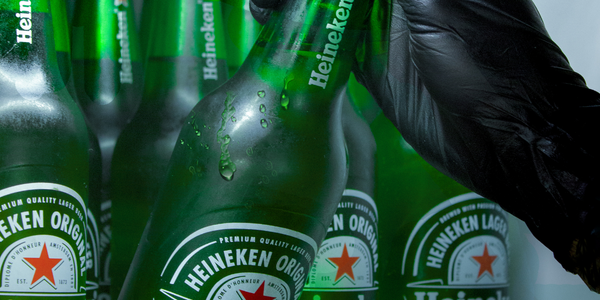
Case Study
HEINEKEN Uses the Cloud to Reach 10.5 Million Consumers
For 2012 campaign, the Bond promotion, it planned to launch the campaign at the same time everywhere on the planet. That created unprecedented challenges for HEINEKEN—nowhere more so than in its technology operation. The primary digital content for the campaign was a 100-megabyte movie that had to play flawlessly for millions of viewers worldwide. After all, Bond never fails. No one was going to tolerate a technology failure that might bruise his brand.Previously, HEINEKEN had supported digital media at its outsourced datacenter. But that datacenter lacked the computing resources HEINEKEN needed, and building them—especially to support peak traffic that would total millions of simultaneous hits—would have been both time-consuming and expensive. Nor would it have provided the geographic reach that HEINEKEN needed to minimize latency worldwide.
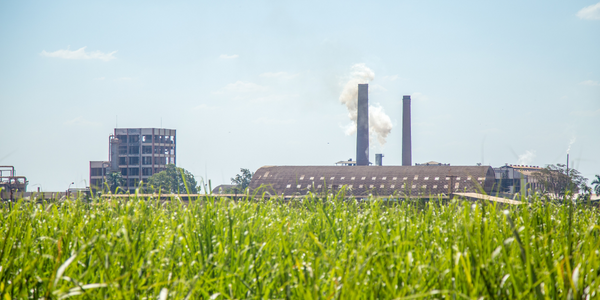
Case Study
Energy Management System at Sugar Industry
The company wanted to use the information from the system to claim under the renewable energy certificate scheme. The benefit to the company under the renewable energy certificates is Rs 75 million a year. To enable the above, an end-to-end solution for load monitoring, consumption monitoring, online data monitoring, automatic meter data acquisition which can be exported to SAP and other applications is required.
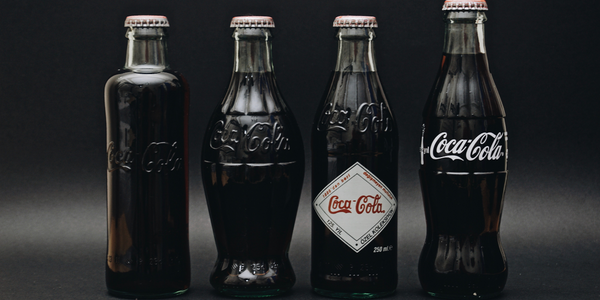
Case Study
Coca Cola Swaziland Conco Case Study
Coco Cola Swaziland, South Africa would like to find a solution that would enable the following results: - Reduce energy consumption by 20% in one year. - Formulate a series of strategic initiatives that would enlist the commitment of corporate management and create employee awareness while helping meet departmental targets and investing in tools that assist with energy management. - Formulate a series of tactical initiatives that would optimize energy usage on the shop floor. These would include charging forklifts and running cold rooms only during off-peak periods, running the dust extractors only during working hours and basing lights and air-conditioning on someone’s presence. - Increase visibility into the factory and other processes. - Enable limited, non-intrusive control functions for certain processes.
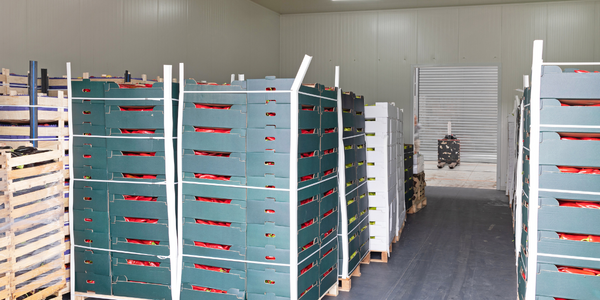
Case Study
Temperature Monitoring for Restaurant Food Storage
When it came to implementing a solution, Mr. Nesbitt had an idea of what functionality that he wanted. Although not mandated by Health Canada, Mr. Nesbitt wanted to ensure quality control issues met the highest possible standards as part of his commitment to top-of-class food services. This wish list included an easy-to use temperature-monitoring system that could provide a visible display of the temperatures of all of his refrigerators and freezers, including historical information so that he could review the performance of his equipment. It also had to provide alert notification (but email alerts and SMS text message alerts) to alert key staff in the event that a cooling system was exceeding pre-set warning limits.
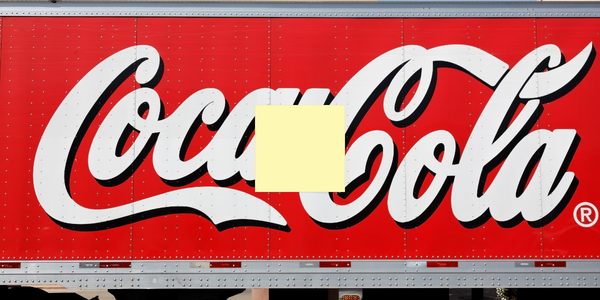
Case Study
Coca-Cola Refreshments, U.S.
Coca-Cola Refreshments owns and manages Coca-Cola branded refrigerators in retail establishments. Legacy systems were used to locate equipment information by logging onto multiple servers which took up to 8 hours to update information on 30-40 units. The company had no overall visibility into equipment status or maintenance history.




